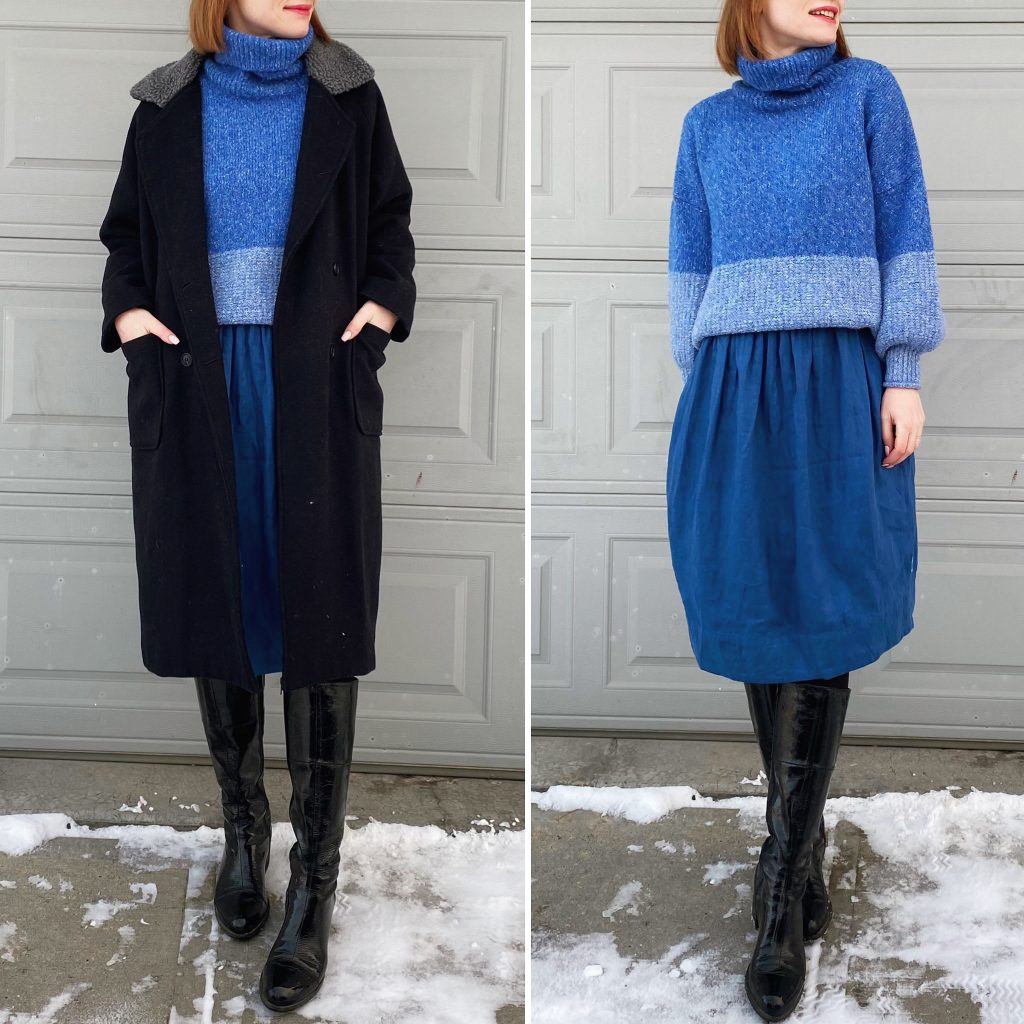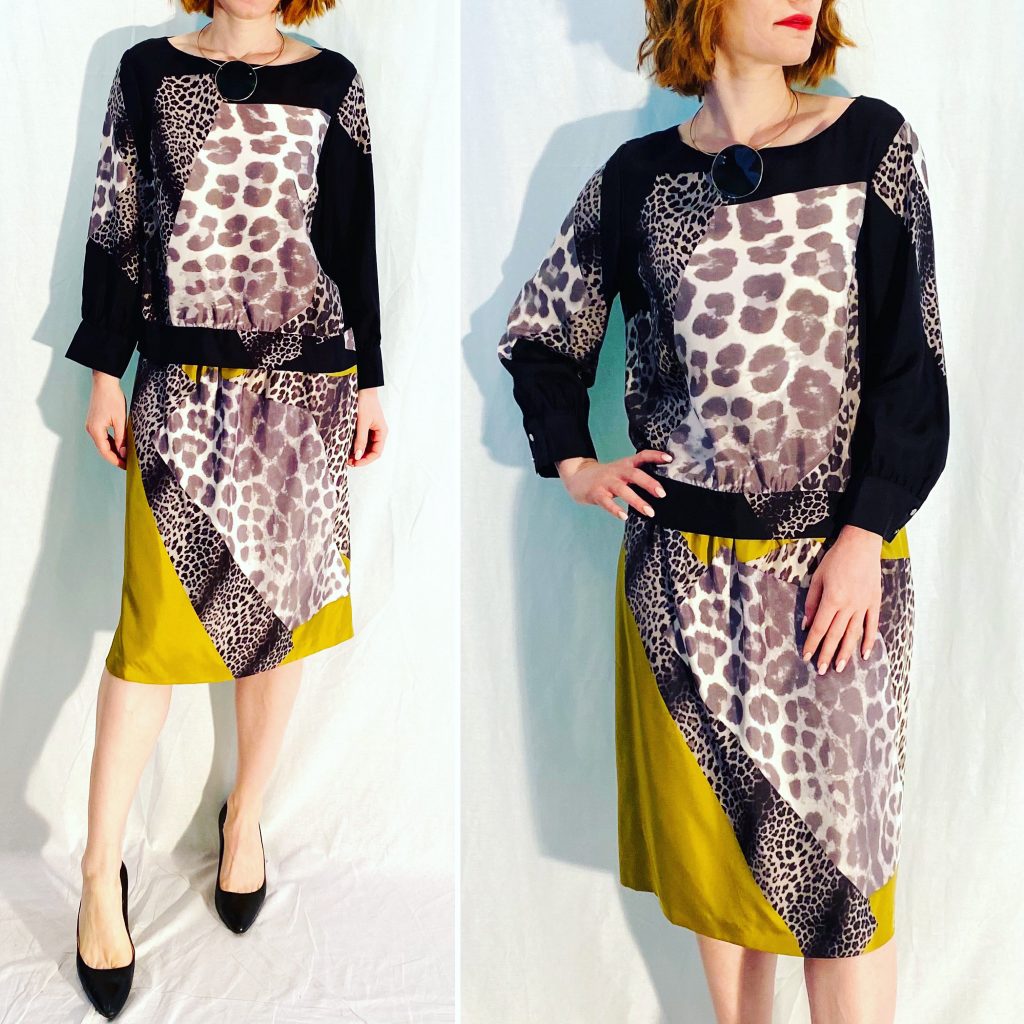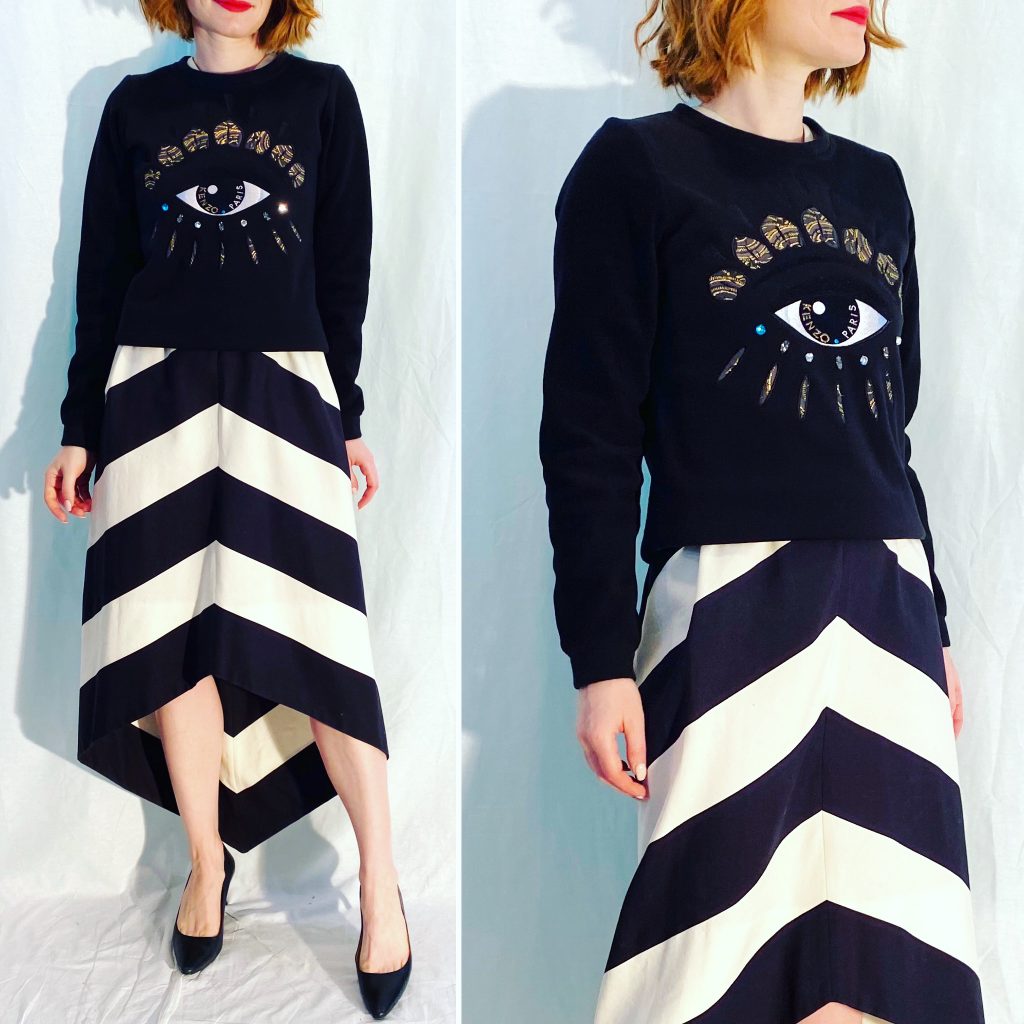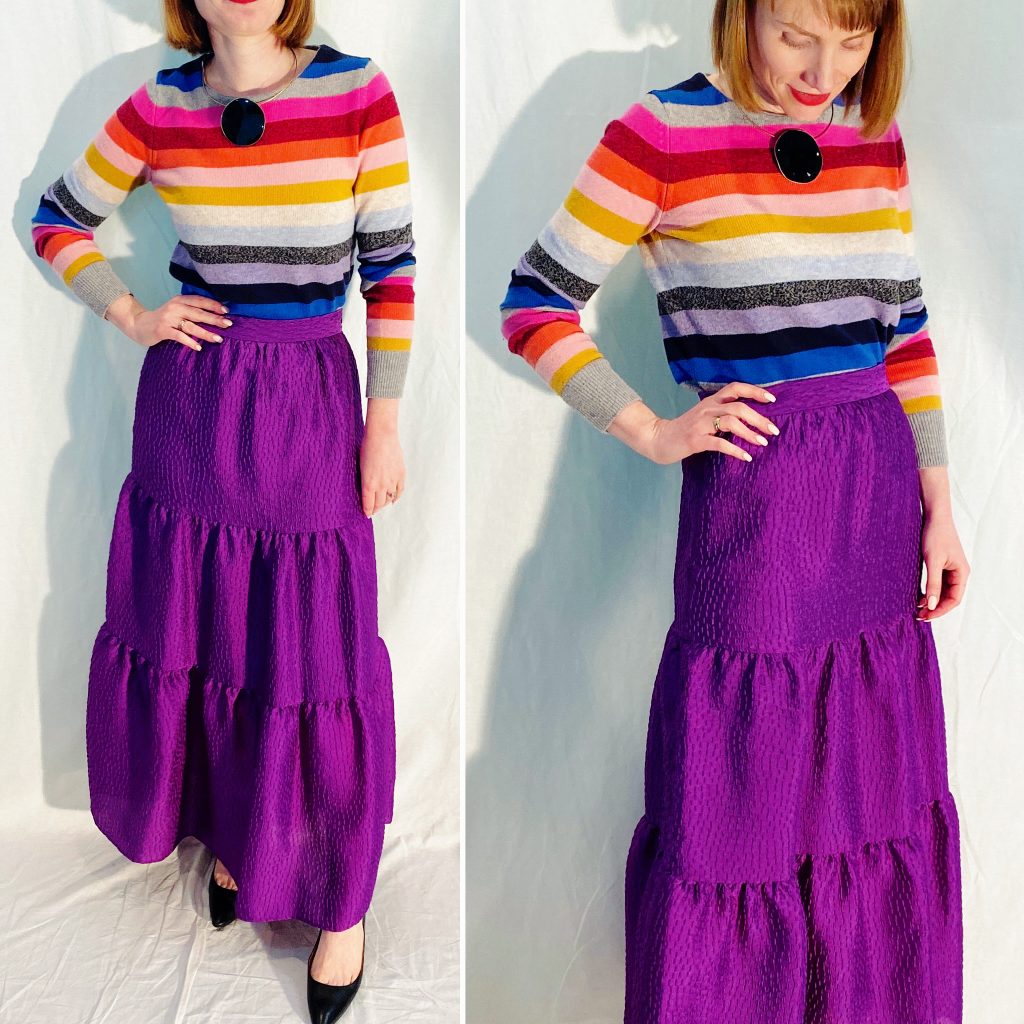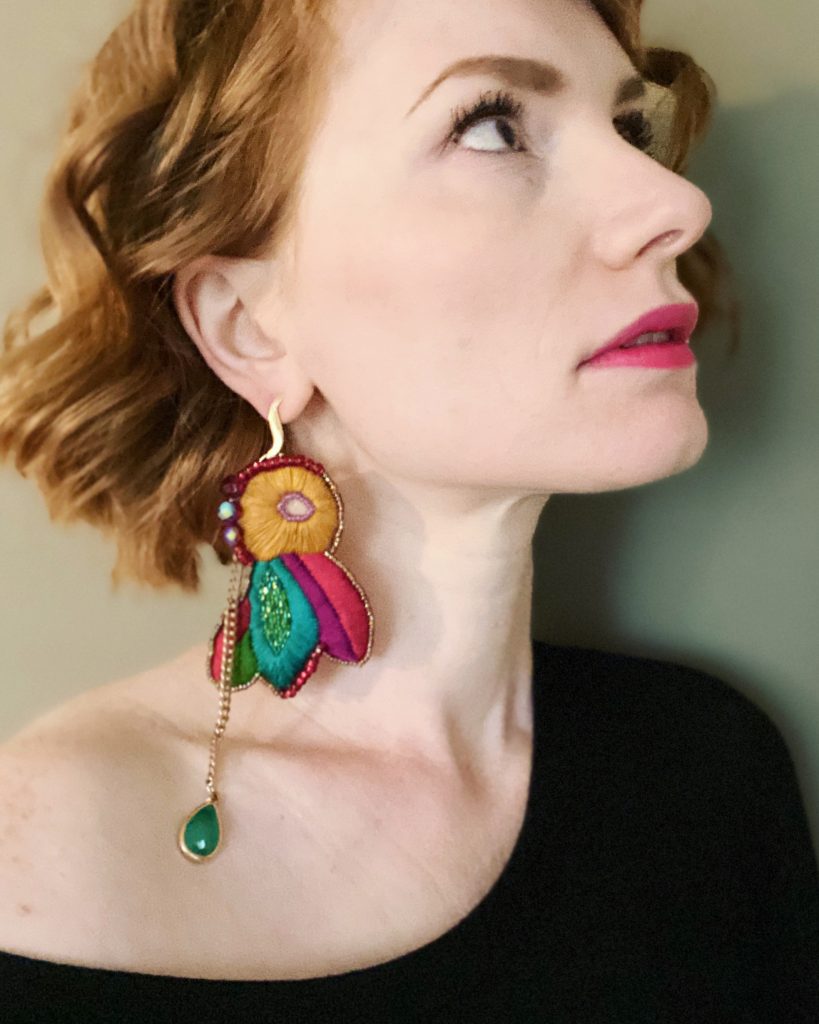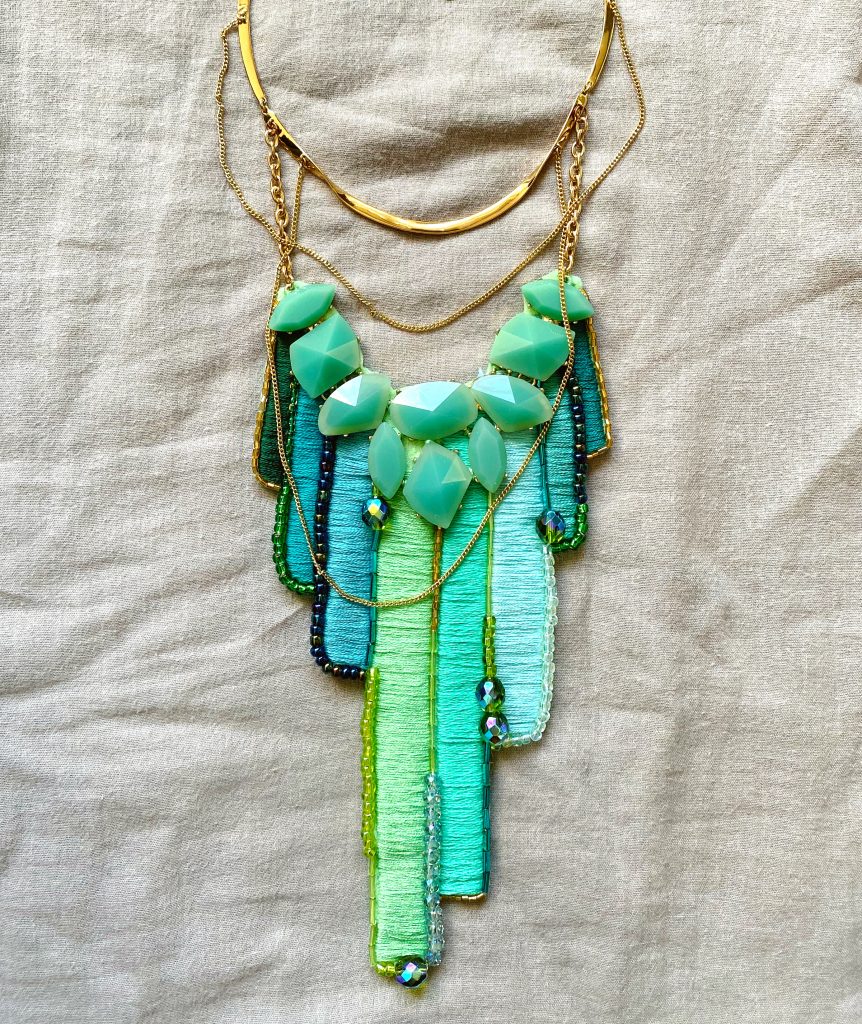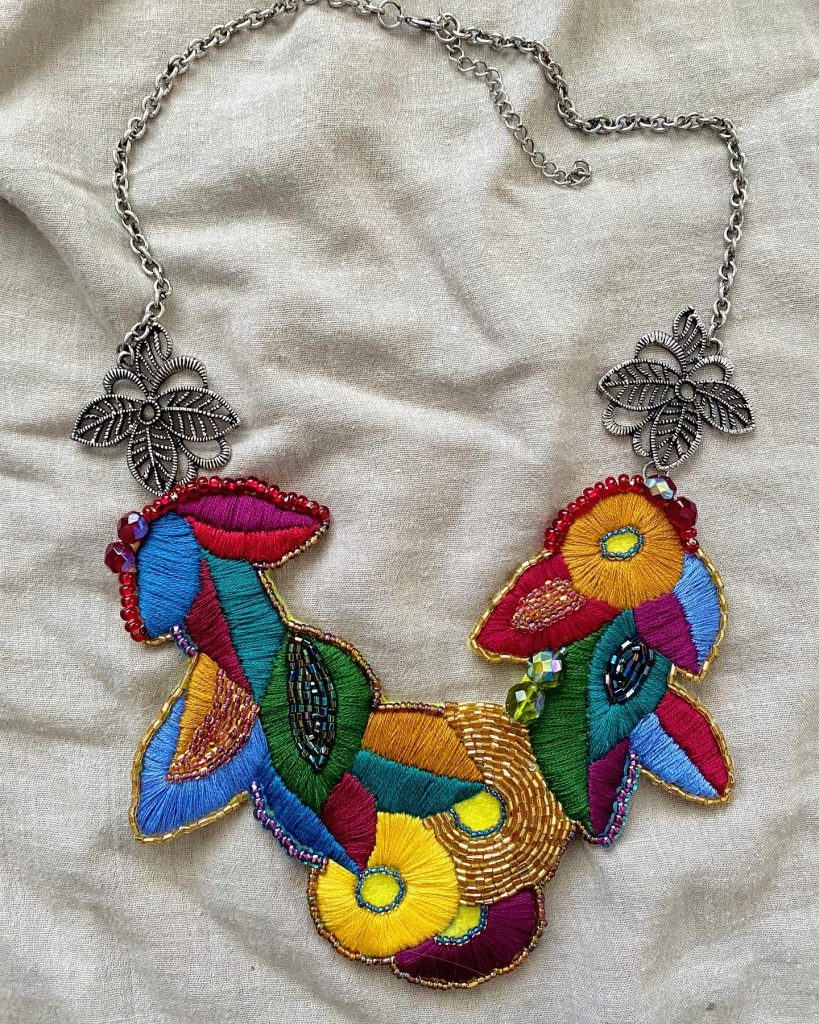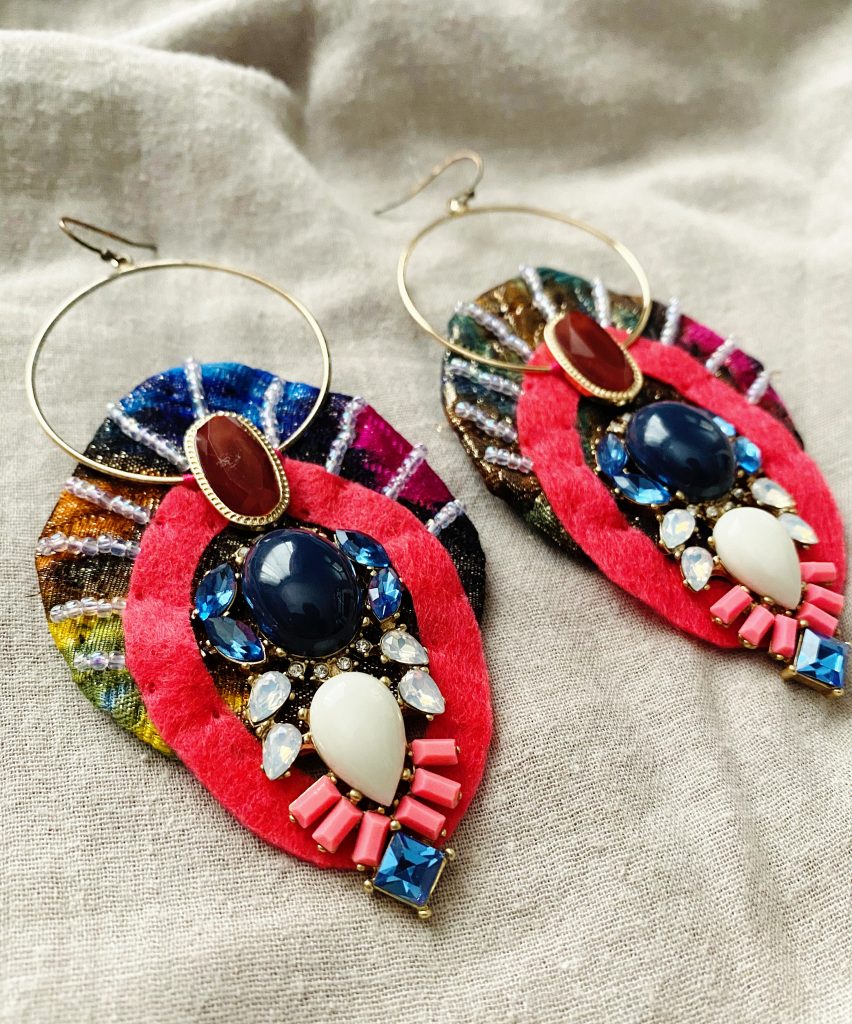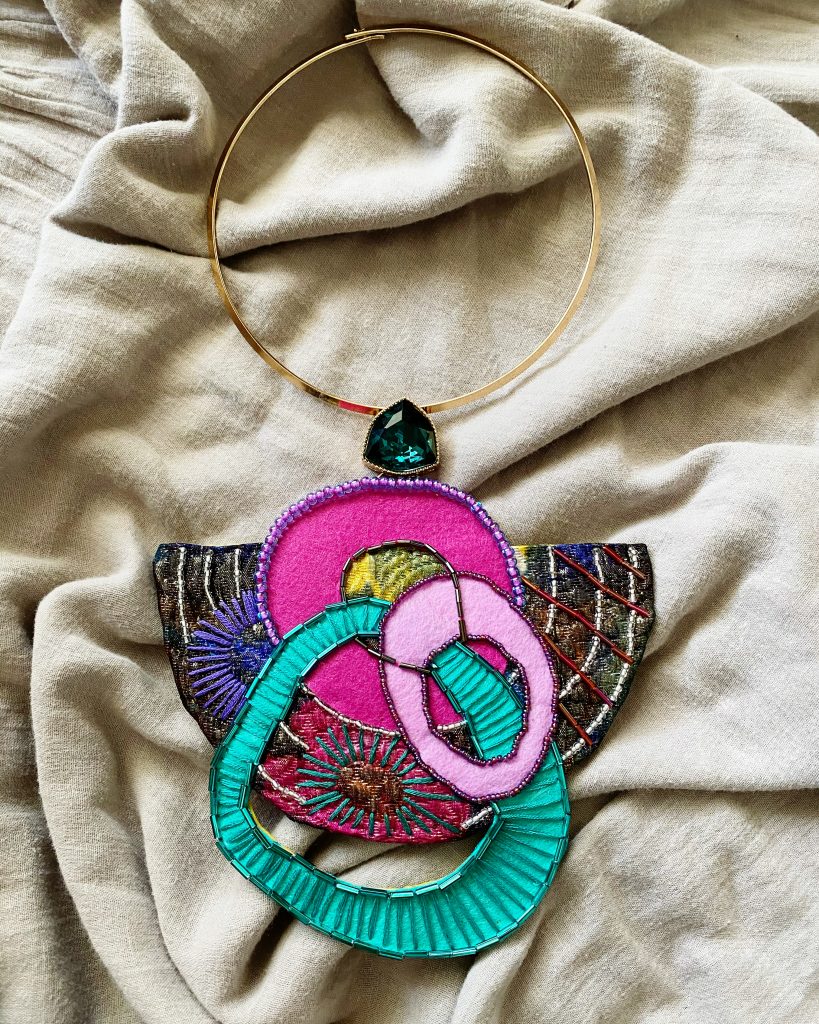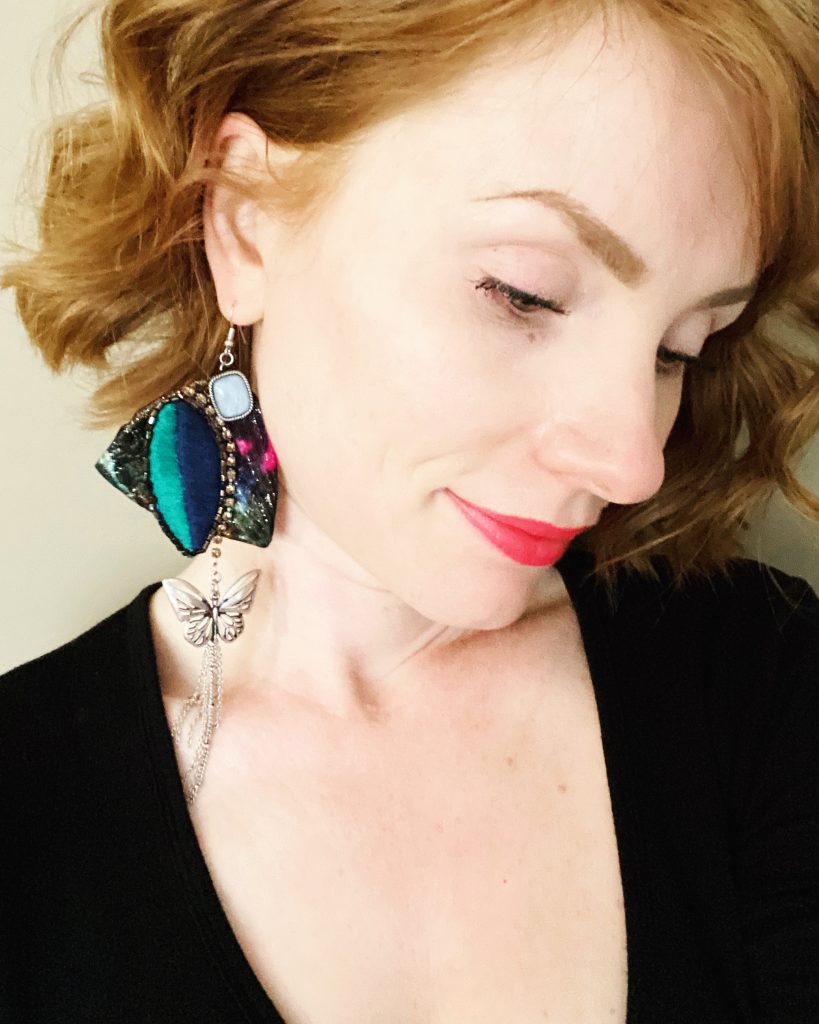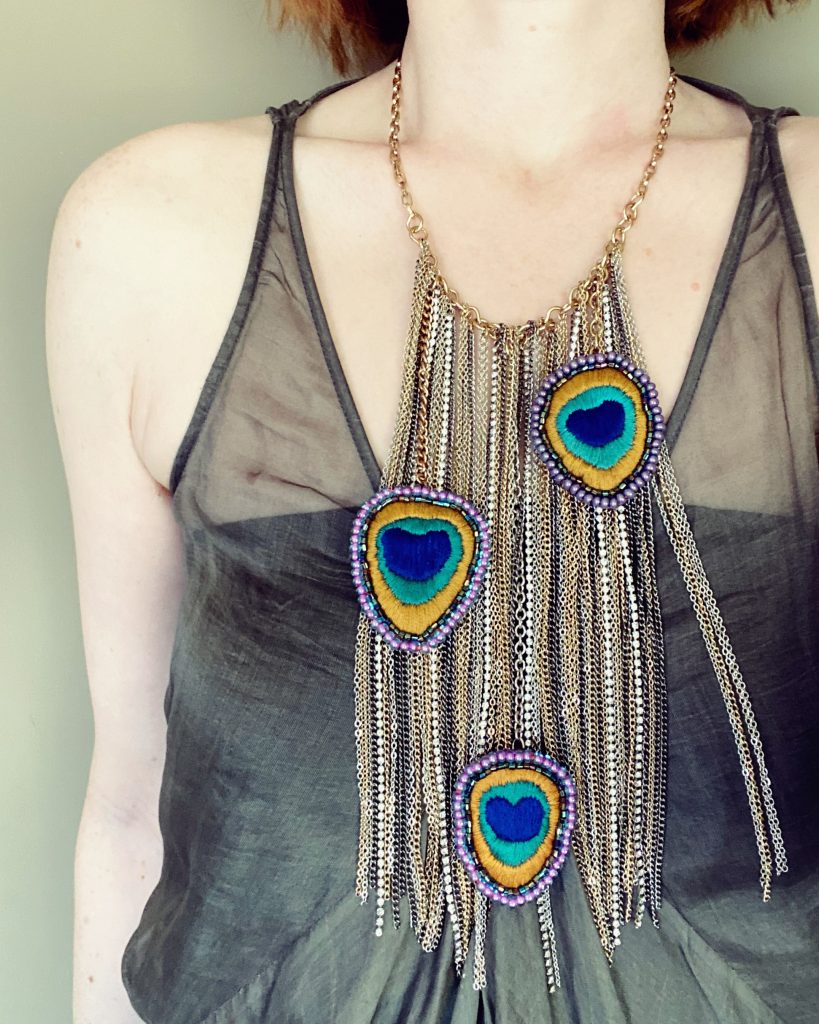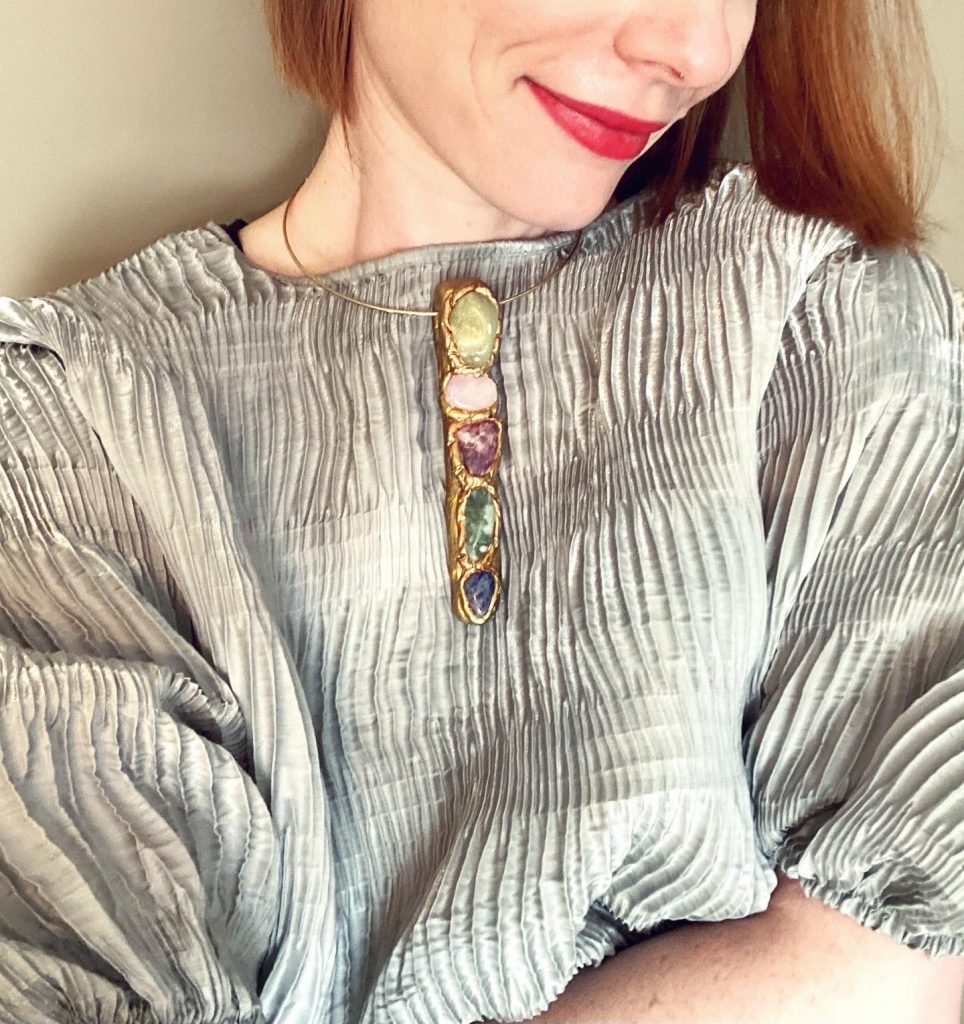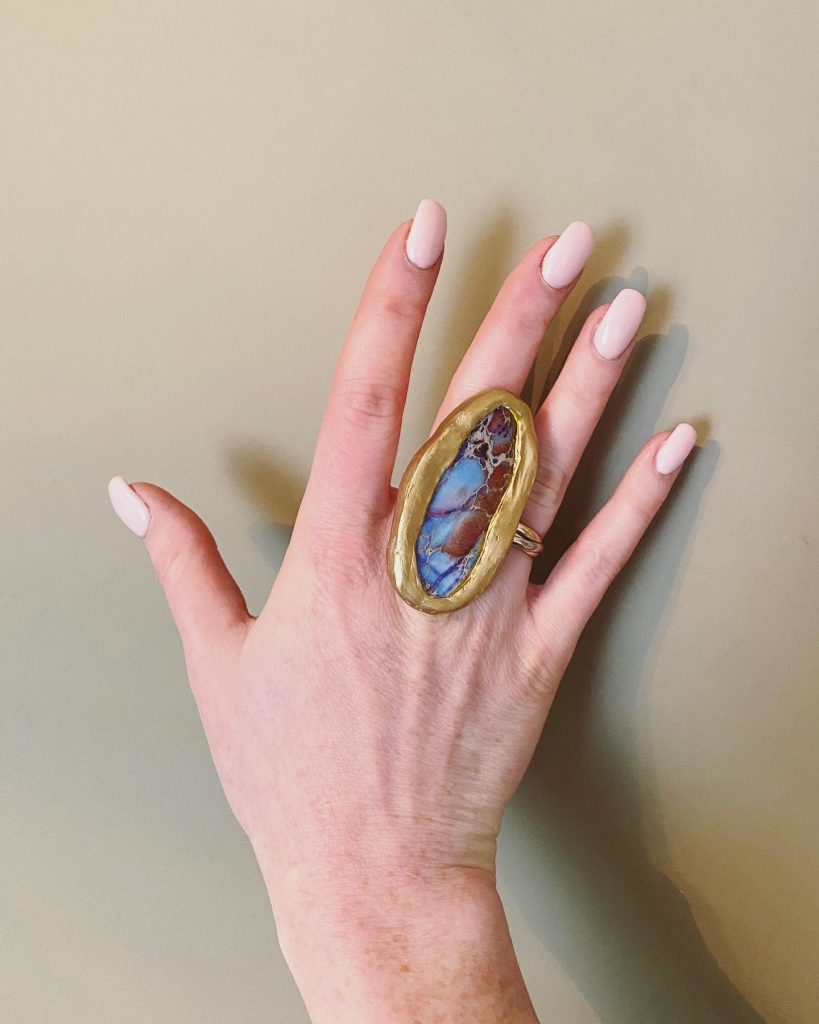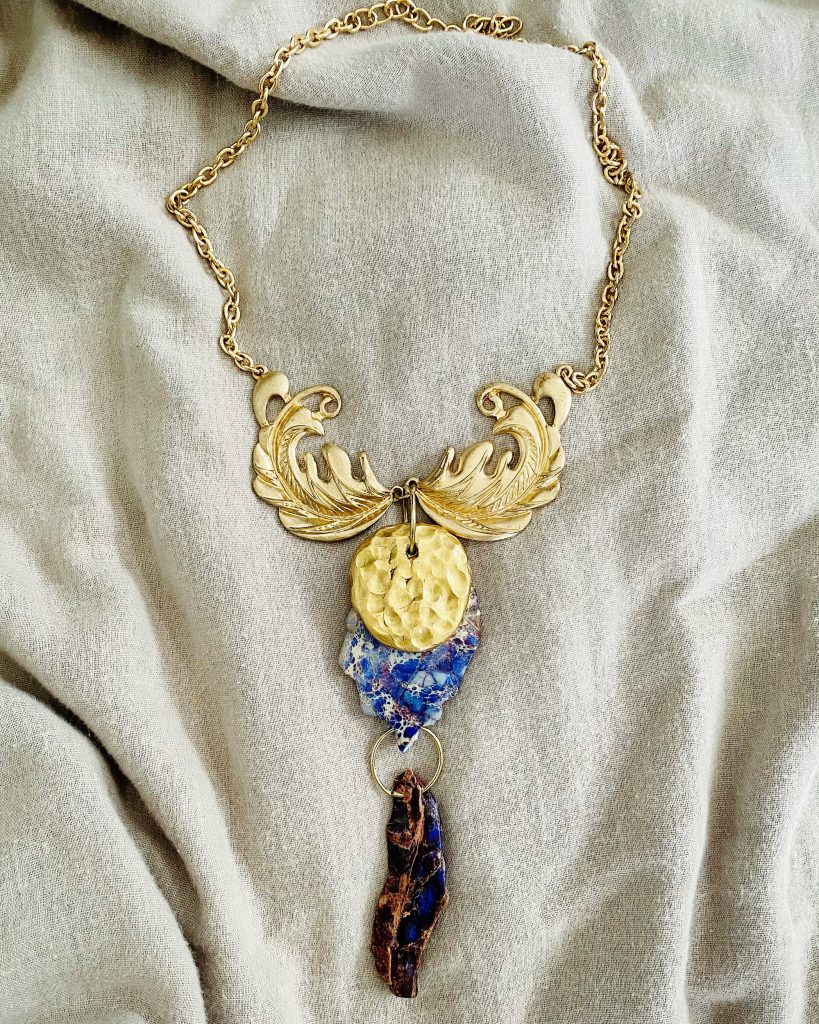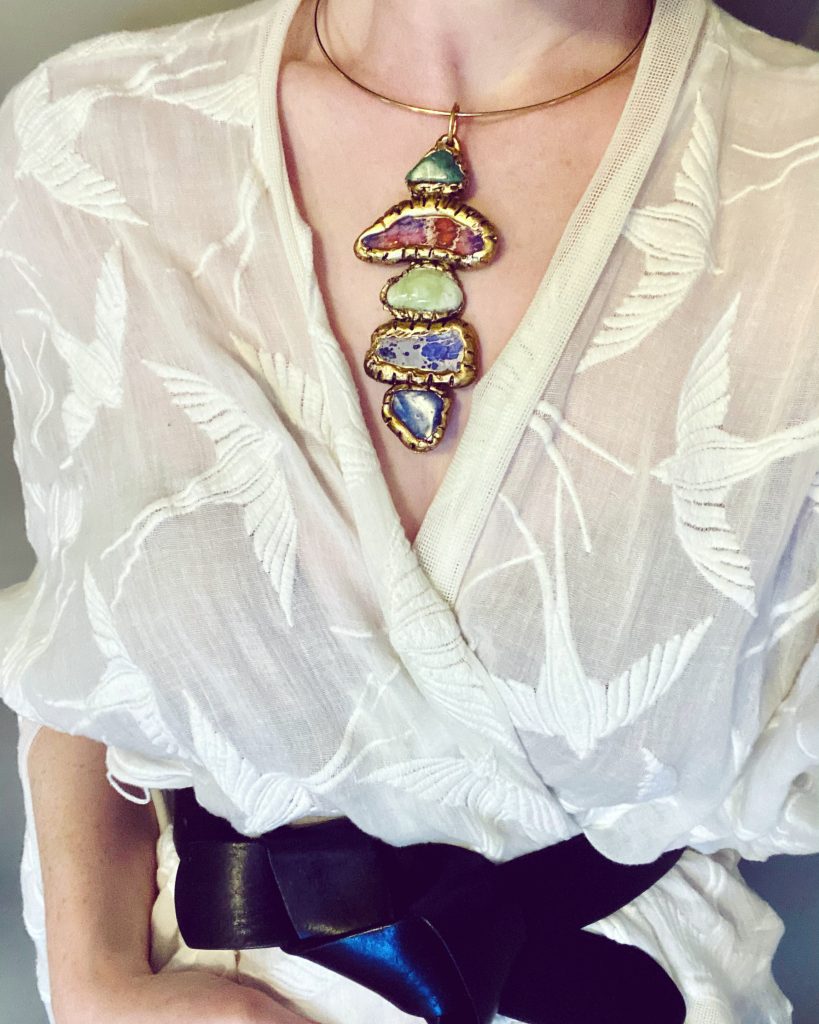Another quarter has flown by, and here we are with the FabFitFun Winter 2020 box. I believe this is my 8th (!) box, and the last one of my second annual subscription. As much as I sometimes gripe about my experiences with FFF, I won’t lie – it remains a fun splurge/distraction, especially this year, so I expect I will re-sub in the new year.
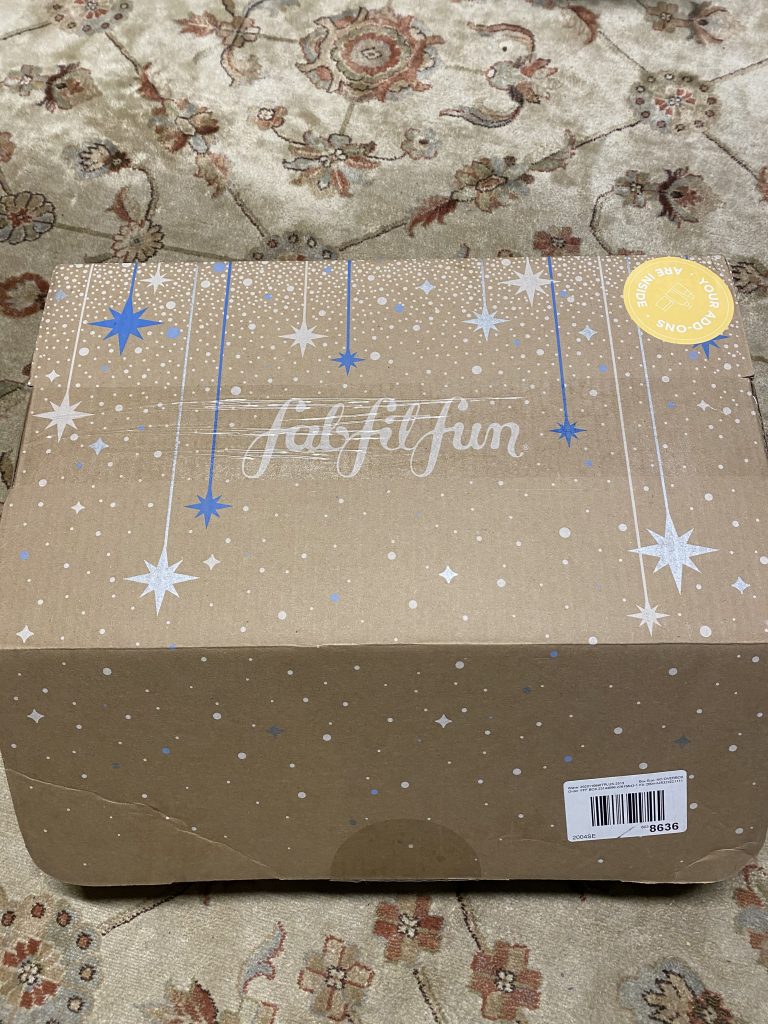
FFF has moved to more environmentally friendly packaging, which I appreciate. I will miss the fun designs of the old boxes. I still have a few of them, which my daughter uses to play with her dolls.
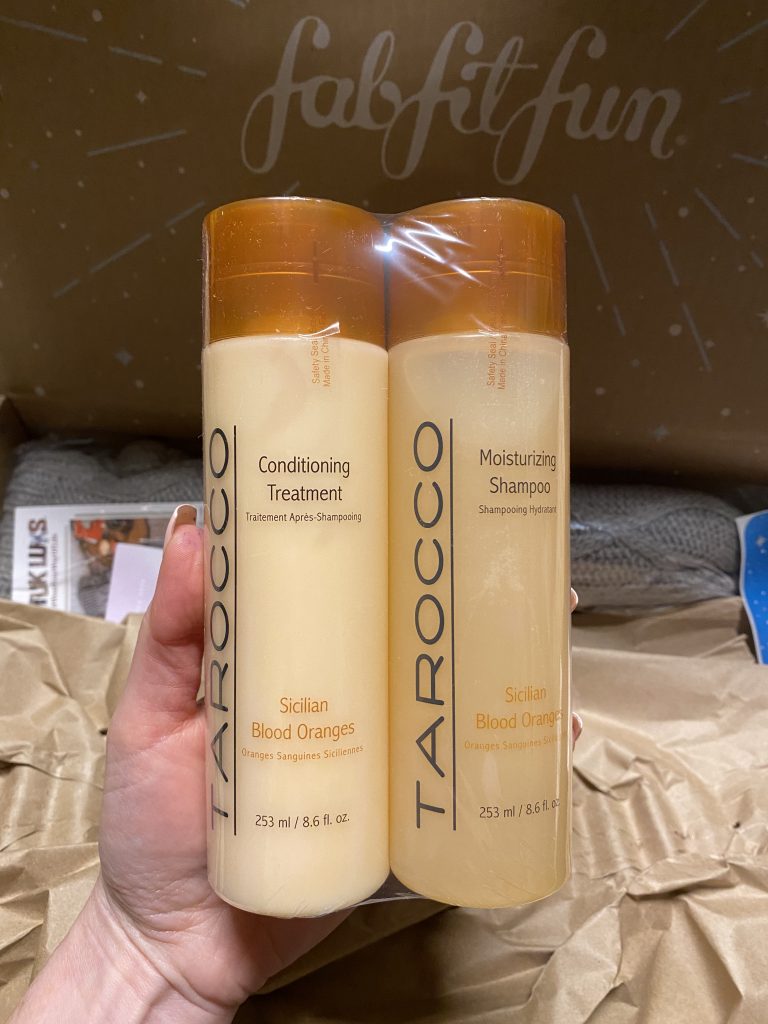
This time, I only got one item from the Add On sale. I am running low on my R&Co shampoo/conditioner (a previous Add On purchase), and needed to replenish. I used to buy all my shampoos and conditioners at Winners – whatever was cheap and looked/smelled nice. My hair isn’t fussy and, honestly, I have never felt much of a difference once I moved past drugstore brands. These days, saving myself a trip to Winners is worth it. Anyway, I was planning to buy more R&Co, but the sets they had in the Add On sale were for curly hair so I hesitated. Then I saw this set, and was instantly sold. I received the hand cream from the same brand in a previous box, and I am OBSESSED with the smell. It’s fruity and medicinal at the same time, which sounds odd, but I can’t get enough. So, yeah, I bought this set for the smell alone. It was under $20CAD, I think. It works fine for me. Sadly, the smell dissipates almost immediately but it makes for a pleasant shower experience.
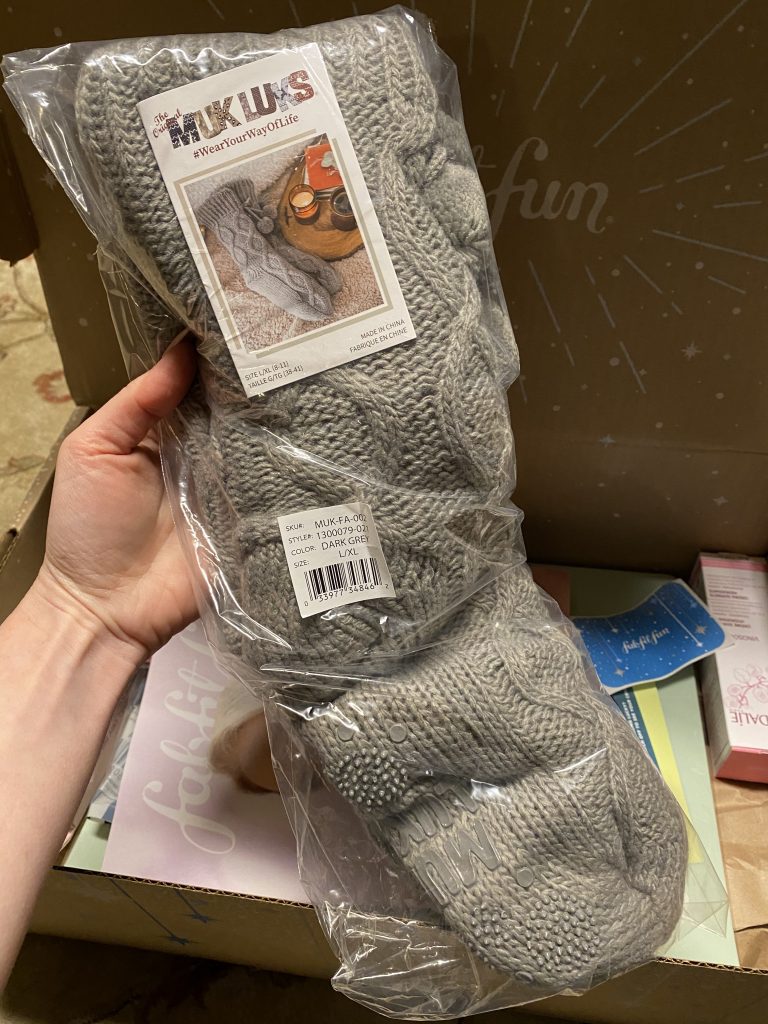
I wasn’t taken with any of the other options in this tier, so I chose these Mukluk socks because I thought they would make the best gift. They look really nice, so I debated keeping them, to be honest.
Retail value: $25USD
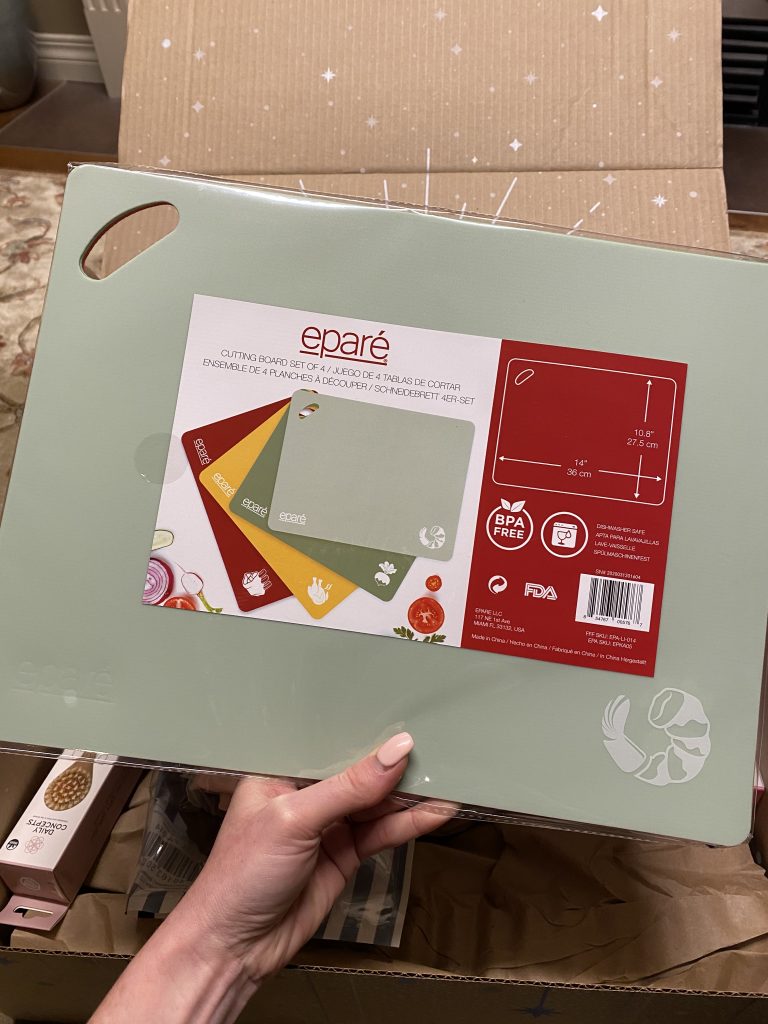
I don’t typically buy cooking utensils because I don’t spend that much time in the kitchen, but I thought these would come in handy. In the past, we’ve used wood chopping blocks and we always seem to damage them somehow; hope these are sturdier.
Retail value: $20USD
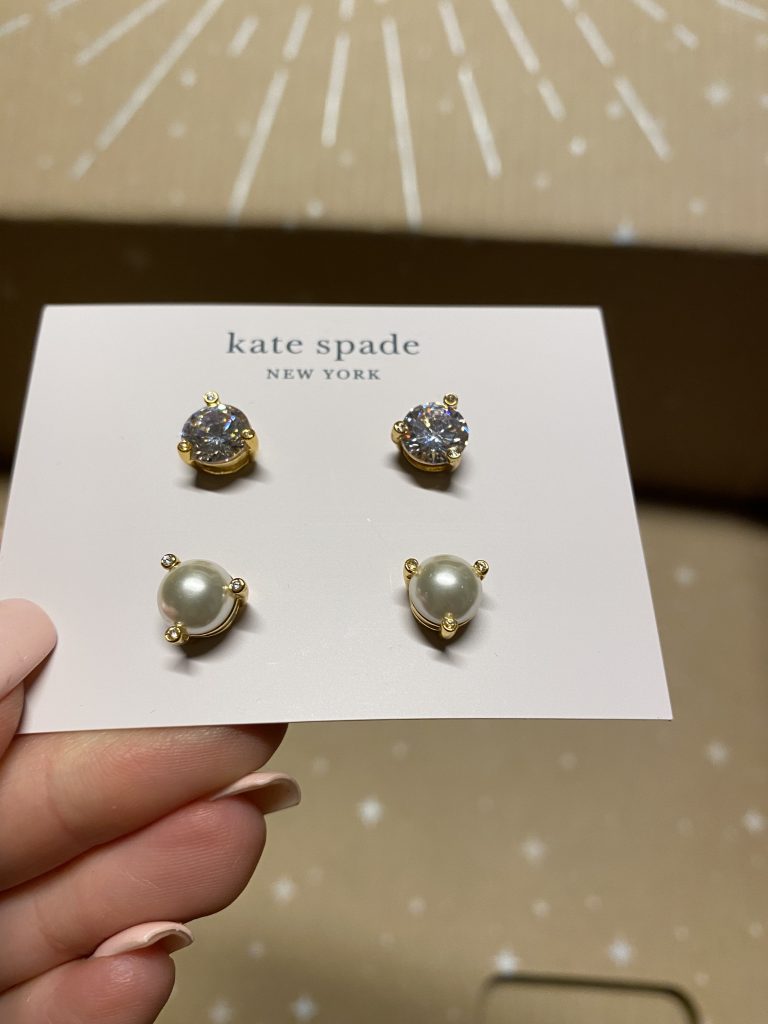
I really liked the Jenny Bird bracelet I got in my last box, so I decided to give jewelry another try. Plus, I figured that you can’t go wrong with some plain, classic studs like these. I recently lost/misplaced my last pair of CZ studs so it was a timely selection.
Retail value: $68USD
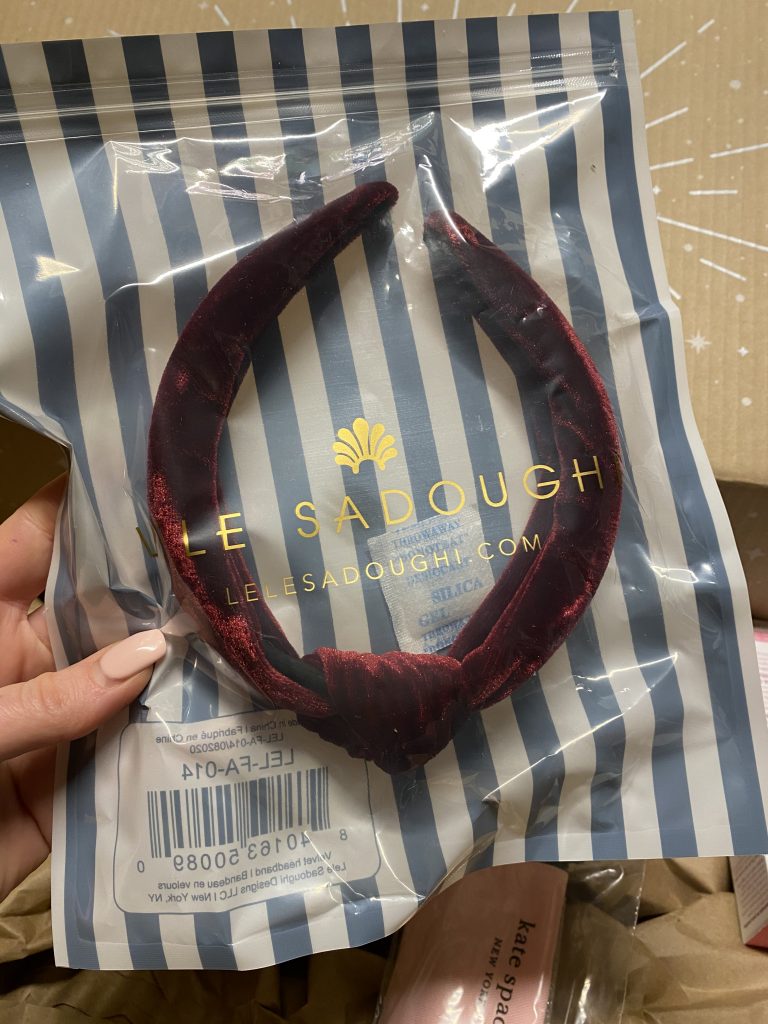
Another slightly out of character choice for me – I have a big head circumference and most headbands pinch me so I don’t bother – but I was swayed by the fact it’s the brand that all the cool girls wear on IG (or did? I have no idea if this is still trendy). Anyway, I have only briefly worn this to date, and it seemed fairly comfortable. If I don’t end up using it, I know my daughter will.
Retail value: $49USD
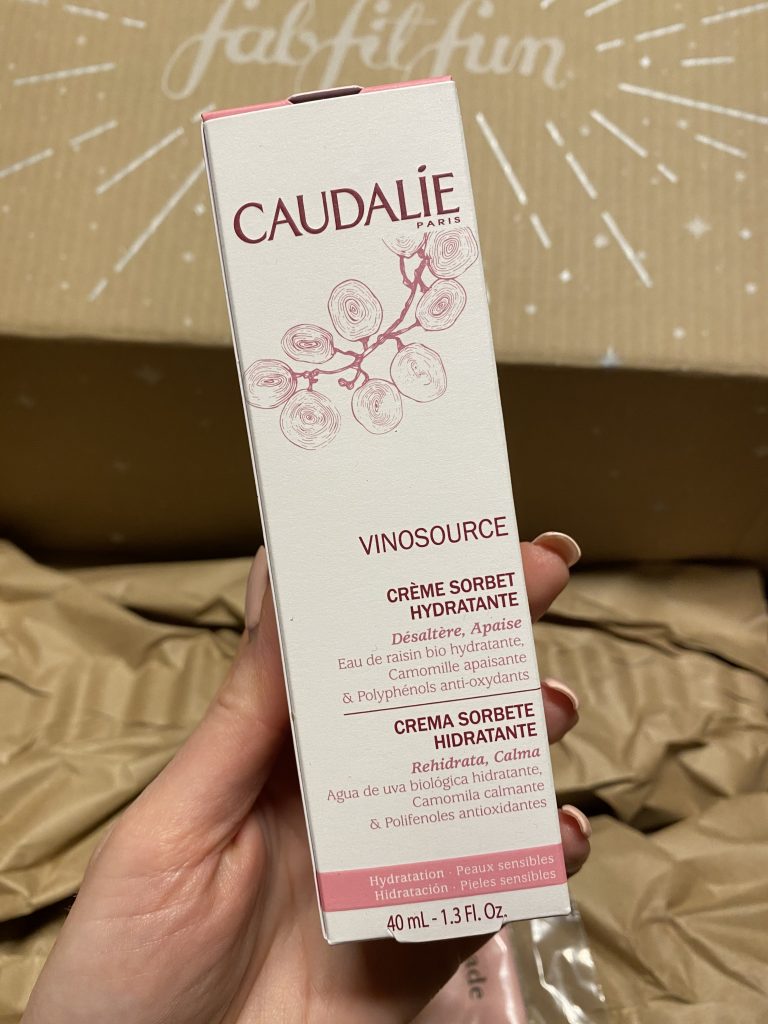
This was my top pick because (a) I have wanted to try Caudalie for a long time, and (b) I am running out of moisturizer and my skin is feeling the effects of winter weather plus the dreaded maskne. This smells and feels divine, although I haven’t used it long enough to reach a verdict.
Retail value: $39USD
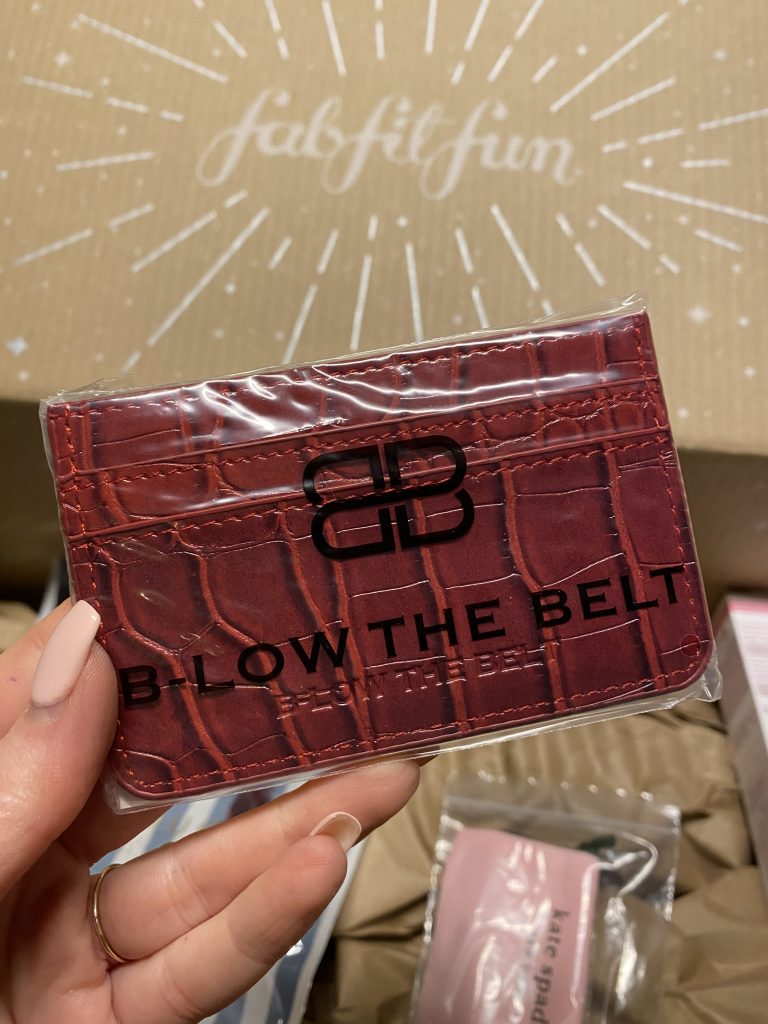
This was one of 3 FFF Picks, and a bust for me. I don’t need something like this. It looks nice, though, so I will re-gift it. I really wanted the pimple patches that were the alternate option in this tier; it’s disappointing that we don’t get to pick for ourselves the last 3 items.
Retail: $35USD
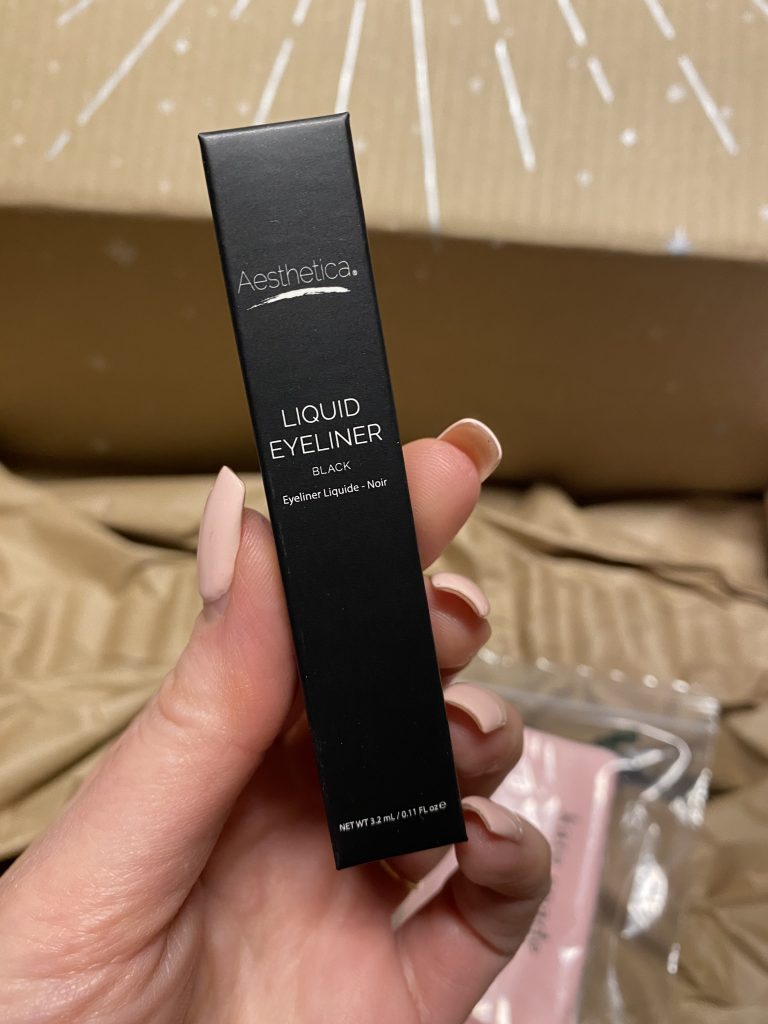
Another miss – I don’t wear eyeliner. I’m pretty sure I indicated “no makeup” in my original FFF survey. Sigh. I will be gifting this to my SIL.
Retail value: $21USD
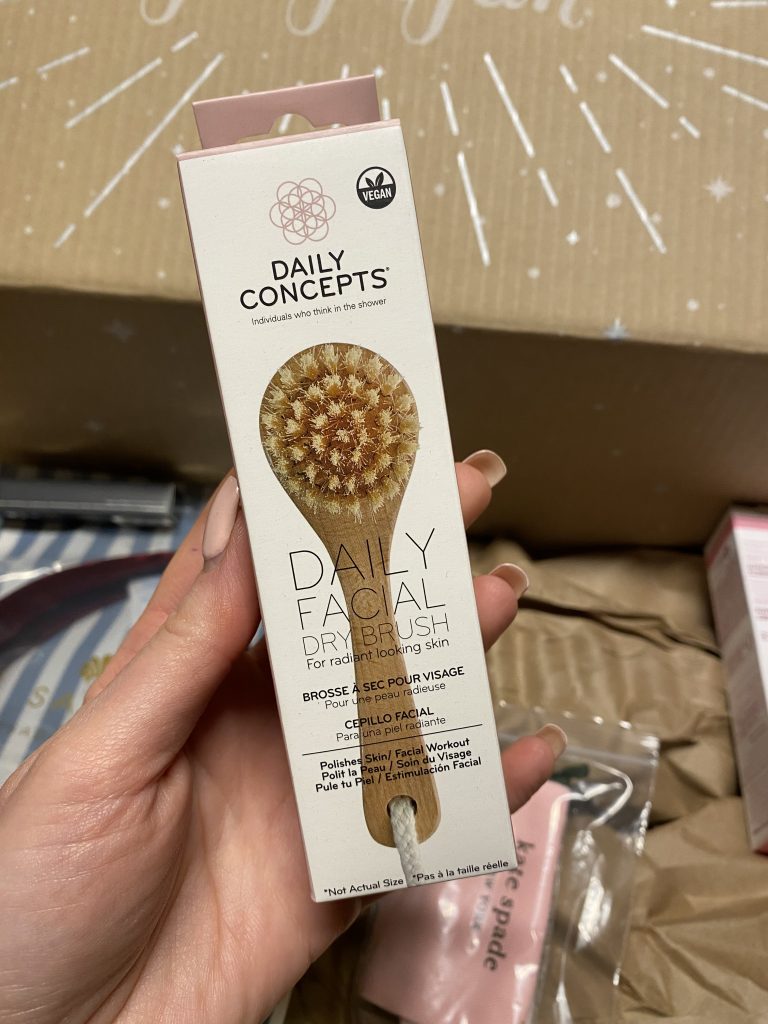
Now this, I was intrigued by. Not something I might have picked for myself, but I am interested in giving it a try and seeing if it helps with my winter skin problems.
Retail value: $20USD
Overall, I’m pretty happy with this box and, again, the surprise factor is always fun. Since I am cutting out non-essential public visits for the next while, it’s nice to be able to feel like I’m getting some pampering without leaving the house.
Stay safe & warm everyone!

